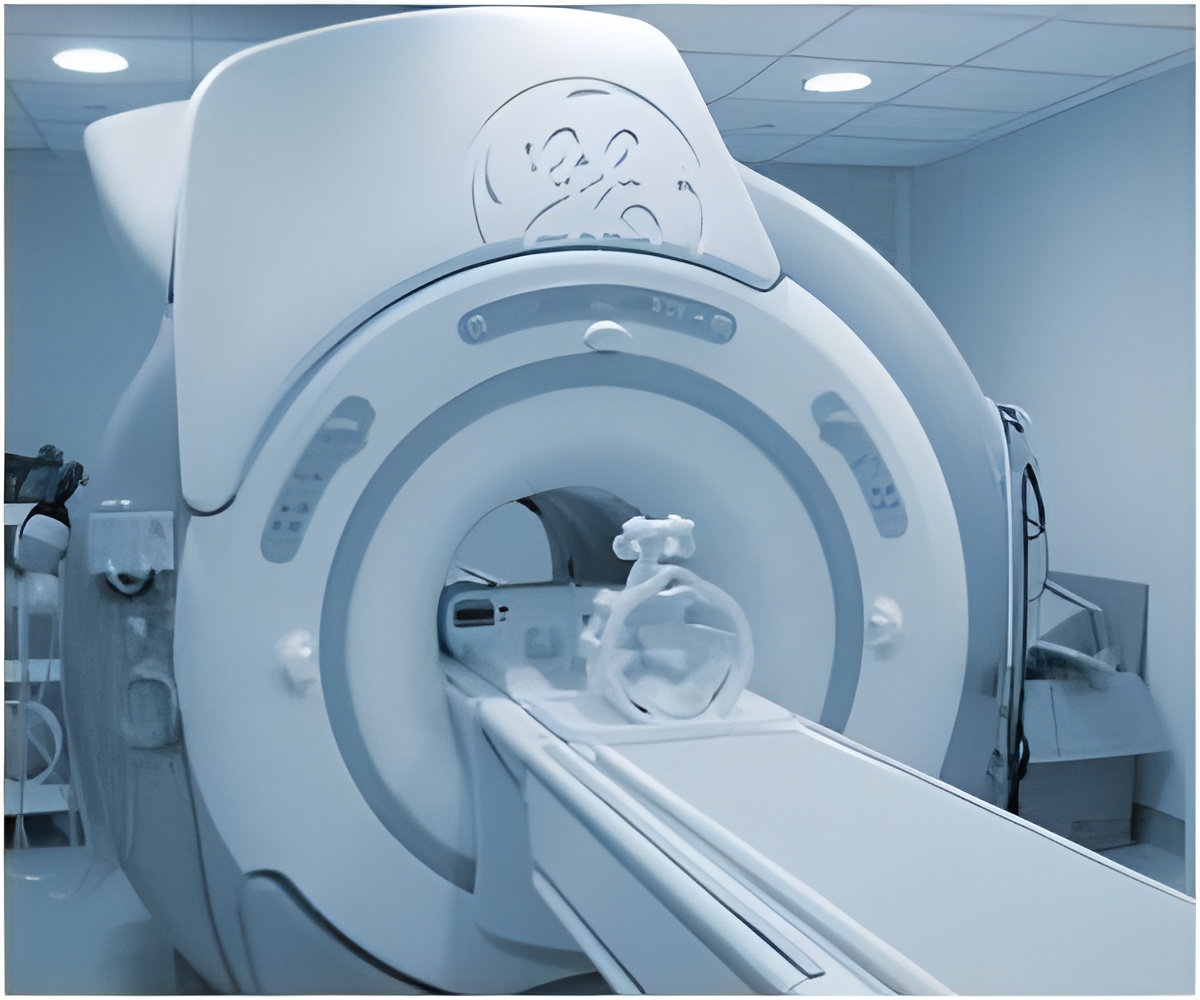Scientists have found a new imaging agent, tantalum oxide nanoparticle for computed tomography scans in heart disease, breast cancer and many other diseases.
Scientists have found a new imaging agent, tantalum oxide nanoparticle for computed tomography scans in heart disease, breast cancer and many other diseases. This material is proved to be safe for clinical use and is inexpensive and stays in the body long enough to image many different organs. The report appears in the
Journal of the American Chemical Society.
Taeghwan Hyeon, Seung Hong Choi, and colleagues explain that CT is one of the most widely used medical imaging tests and highly effective in diagnosing disease. However, CT requires use of large amounts of imaging agents, which make body structures more visible. Today's imaging agents have many disadvantages. They don't stay in the body for very long, for instance, limiting the types of images that physicians can obtain. Nanoparticles have been developed as imaging agents, but they have been made of either gold (very expensive) or bismuth (toxic). So, the researchers wanted to develop a new nanoparticle imaging agent that would overcome those disadvantages.
The researchers describe development and successful initial tests of large batches of tantalum oxide nanoparticles that exhibited "remarkable performances" in imaging tests of the heart, lymph nodes, kidneys, and other structures in laboratory rats, which are stand-ins for humans in such research. Regarding safety, they say, "The nanoparticles did not affect normal functioning of organs." The particles could have especially important uses in checking blood vessels in the heart for blockages, and lymph nodes for the spread of breast cancer, the report states.
Source-Eurekalert
















